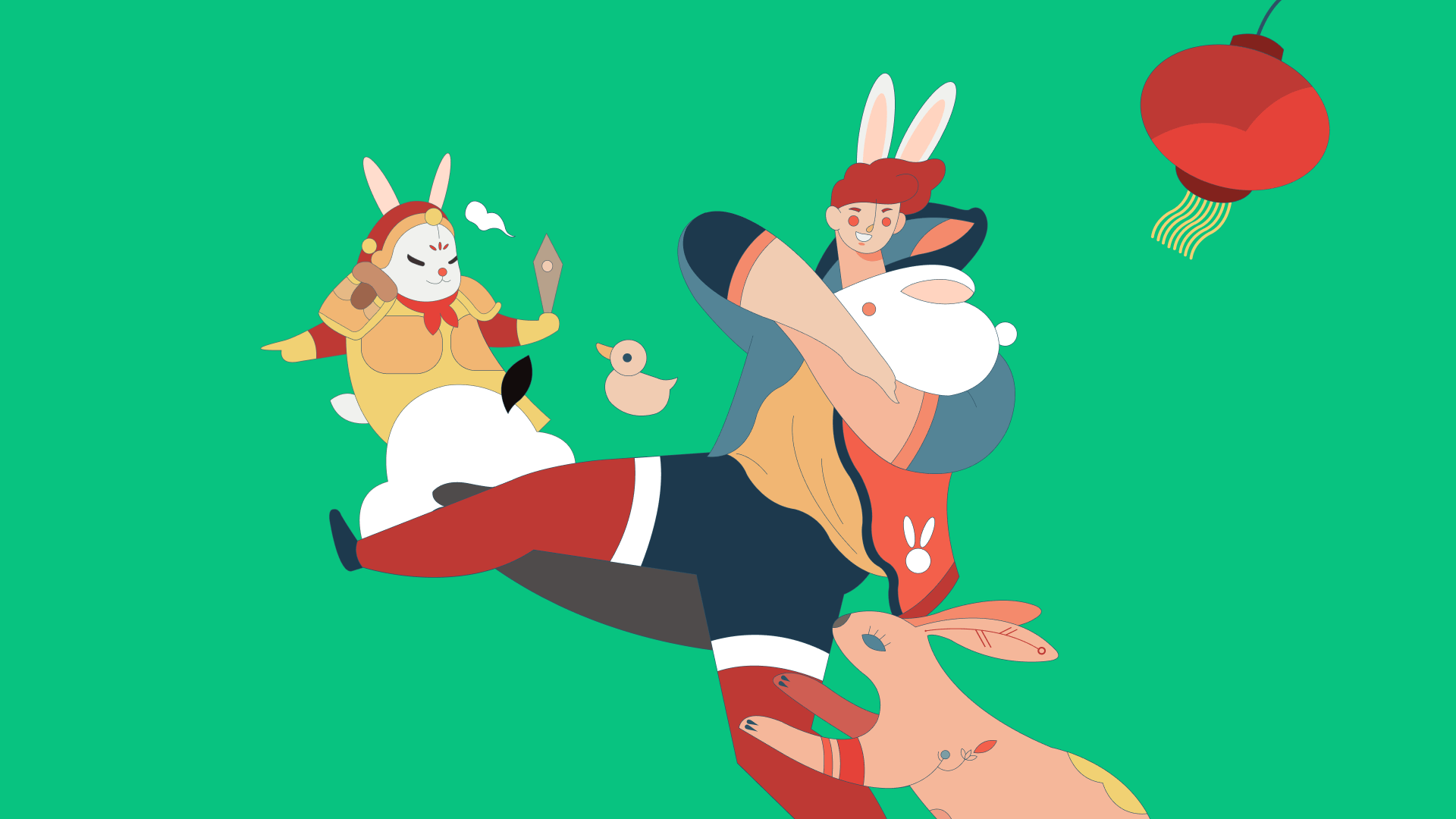Jumpstart your ideas with Linearity Curve
Take your designs to the next level.
Here at Linearity, we’re celebrating the New Year with our Chinese community.
Chinese New Year is a big deal in China and many other parts of the world. But for those of you are unfamiliar the festivities and their significance, allow us to explain.
What is Chinese New Year?
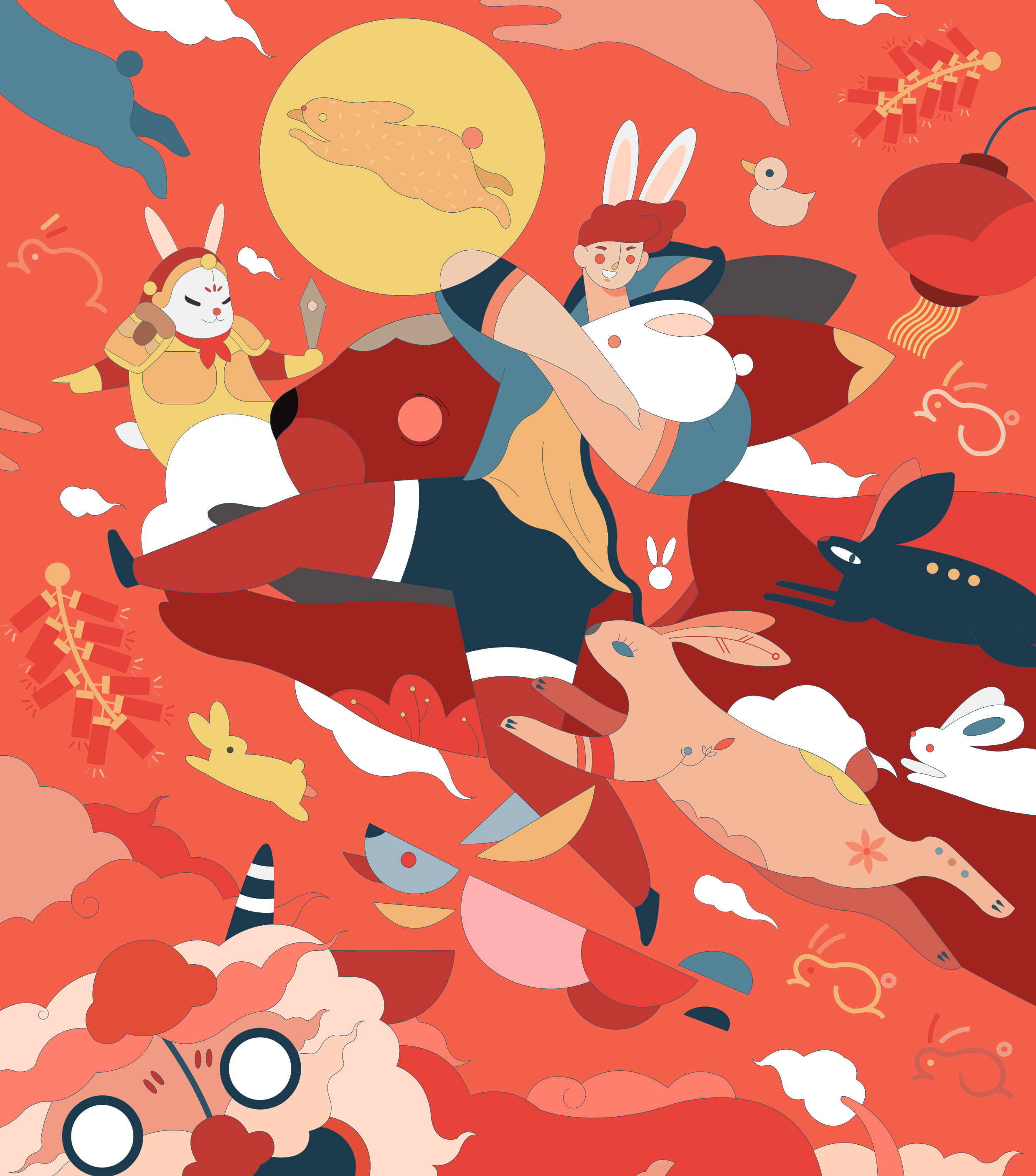
Chinese New Year, also known as Lunar New Year, is an annual event celebrated by Chinese communities around the world. It’s is marked by festivities that span over 15 days and follow the lunar cycle, from the new moon to the next new moon. During these 15 days, families and friends come together to celebrate their culture and welcome a new year with hopes of prosperity, luck, and good health. This year, the celebrations begin on January 22 and will last until February 5.
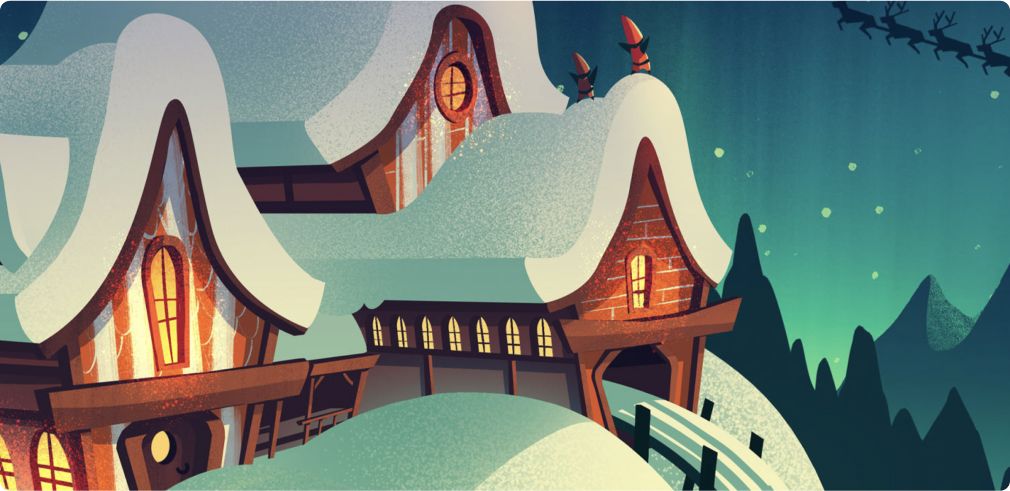

The legend behind Chinese New Year
The origins of Chinese New Year can traced back to about 3,500 years ago. And like most traditional Chinese festivals, it’s steeped in legend and myth. As the story goes, a mythical beast named Nian would wreck havoc on the eve of the new year by attacking villagers and eating their crops and livestock. However, eventually, people realized that the beast was afraid of loud noises, bright lights, and the color red, so they began using firecrackers and red lanterns to scare it away.
The story of Nian has been passed down for generations, and the cautionary tale inspired many of the Chinese New Year traditions that are still enjoyed today.
How is it celebrated?

Chinese New Year is a time to honor the past and to look forward to the future. The festivities are a way for people to express their appreciation for their ancestors and to thank them for the blessings they have received in the past. It is also an opportunity to reflect on their lives and to make plans for the future.
Master the Pen Tool in Linearity Curve
Unlock the full potential of the Pen Tool for your designs. Our detailed guide provides step-by-step instructions to help you create precise and dynamic vector graphics.
Chinese New Year is celebrated with a variety of traditions, such as gift-giving, offering sacrifices to ancestors, firework displays, and family meals. The color red is also significant, appearing in many different ways. It not only symbolizes the legend of Nian, but it also embodies vitality, good fortune, and luck. During the festivities, you’ll see gifts given in small red envelopes called “hong bao” and homes are often decorated with bright red banners.
Chinese zodiac animals
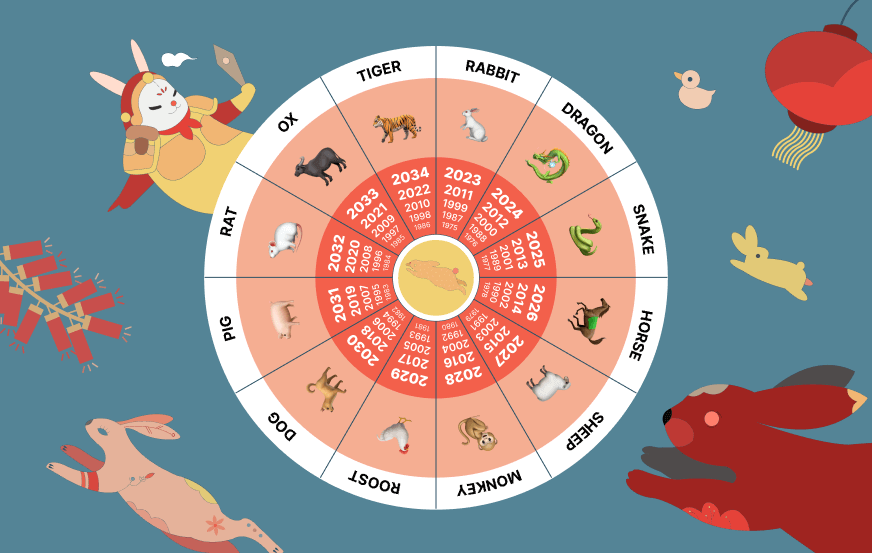
You might be familiar with your sign from Western astrology, but do you know your Chinese zodiac?
While the 12 Western zodiac signs are based on constellations, the 12 Chinese zodiac signs are derived from an ancient myth.
Long ago, the Jade Emperor decided to hold a race across a wide river. He summoned all of Earth's animals to compete and promised that the first 12 to make it to the other side would be awarded a place in the Chinese zodiac. Despite the odds, the determined animals lined up at the starting line and set off on their journey. The first 12 animals to finish the race became the 12 animals of the Chinese zodiac.
There are 12 Chinese zodiac signs, in the following order: Rat, Ox, Tiger, Rabbit, Dragon, Snake, Horse, Goat, Monkey, Rooster, Dog, and Pig.
Each of the 12 Chinese zodiac animals is thought to have its own distinct characteristics and personality traits, which many people believe influence the lives of those born under its sign. These traits are said to be determined by the animal’s attributes and characteristics, such as strength, intelligence and speed.
Each Chinese New Year is represented by one of the 12 zodiac animals, which are believed to have special powers and influence the year ahead. Depending on which animal it is, predictions are made regarding the year's fortunes. Many people believe that the zodiac animal's powerful qualities can help guide them to a successful year.
What is the Chinese zodiac animal for 2023?
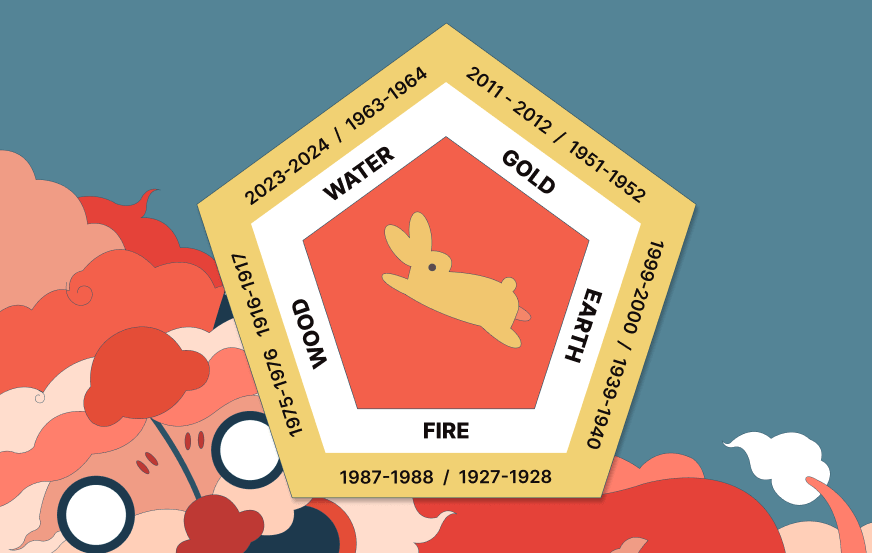
The Chinese zodiac animal for the year 2023 is the Rabbit, but more specifically; the Water Rabbit. The Rabbit is the fourth animal sign in the Chinese zodiac and is a symbol of longevity, peace, and prosperity in Chinese culture. Therefore, 2023 is predicted to be a year of hope.
Rabbit characteristics
People born in the Year of the Rabbit are known to be gentle, sincere, witty, and kind-hearted. They are also known to be shy and conservative, and they prefer to stay in the background rather than draw attention to themselves. Rabbits are often thought of as good luck charms, since they are seen as peaceful and calm.
As with every zodiac animal, there are five types associated with the five elements: Gold, Wood, Water, Fire, or Earth. Each type of Rabbit has slightly difference characteristics. For example, the Earth Rabbit is believed to be ambitious and straightforward, whereas the Gold Rabbit is lively and enthusiastic.
The Water Rabbit is believed to be particularly gentle, amicable, and able to adjust readily to different conditions. It is known for its ability to be resilient, making it a perfect symbol for the year 2023.
Celebrate Chinese New Year with rabbit stickers
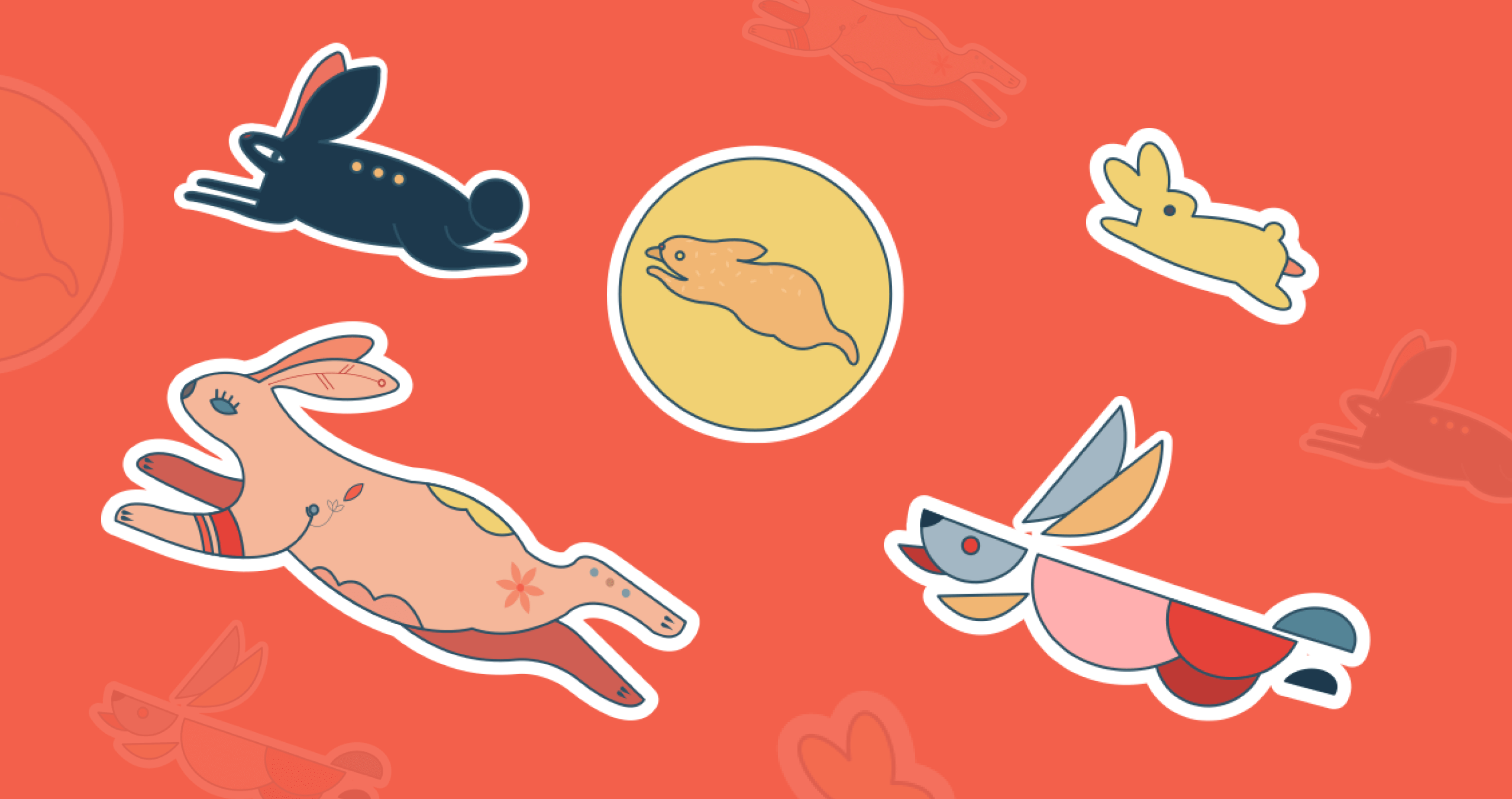
Now that you’ve learned all about Chinese New Year and the remarkable Water Rabbit, you’re likely eager to join in the festivities as well!
We created a series of Rabbit-inspired sticker designs that are free to download and use in Linearity Curve however you like.
If you’re celebrating Chinese New Year with new Linearity Curve designs, make sure to tag us in social media. We can’t wait to see your creations!
Jumpstart your ideas with Linearity Curve
Take your designs to the next level.
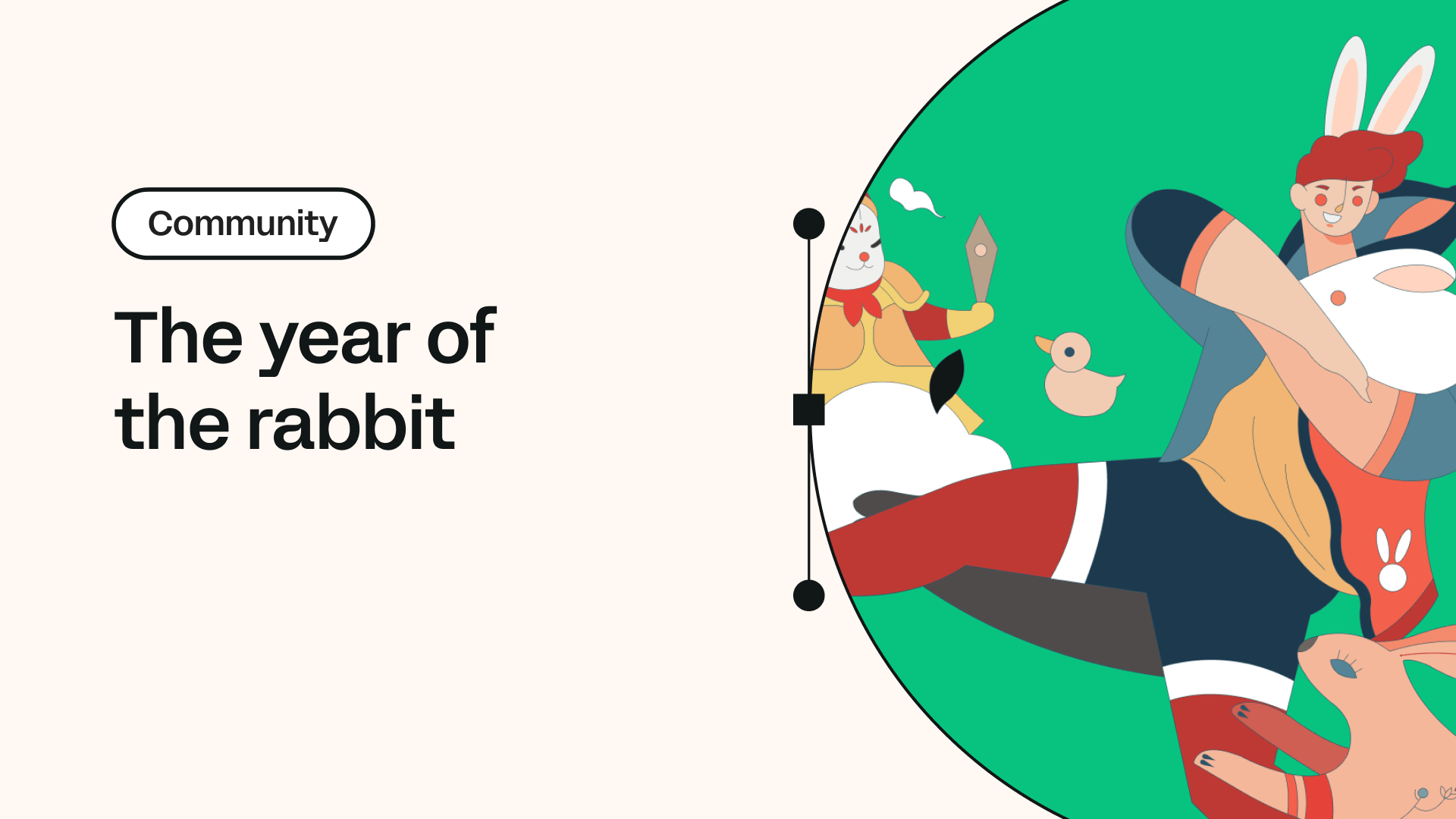
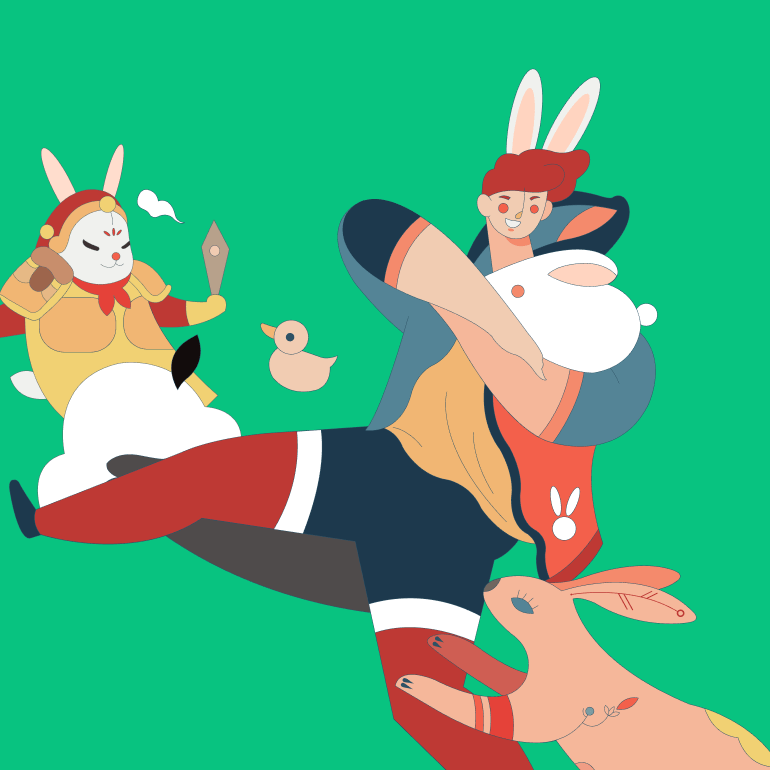
Share this!
Emma Taggart
Emma is a Content Writer for Linearity in Berlin. Her hobbies include making ceramics, roller skating, drawing, and 2D animation.


:quality(75))
:quality(75))



:quality(75))
